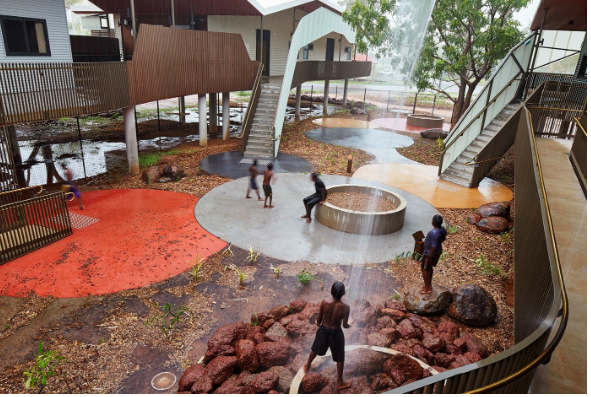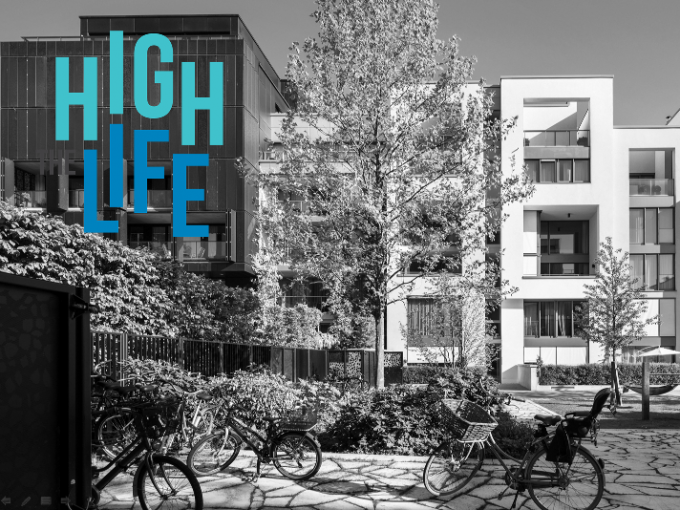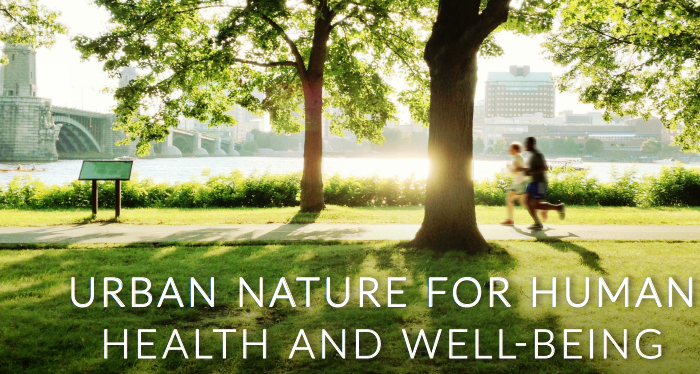City Know-hows

Target audience
Aged-care architects, planners & designers; Aged-care developers; Aged-care providers consumers; Aged-care health professionals and policymakers.
The problem
Despite significant change in how long-term aged care is delivered, moving away from a formal medical model of care, and towards person-centred, consumer-directed care that recognises and supports residents’ autonomy, the dominant cultural narrative about aged care remains predominantly negative. Stigma surrounds any decision to move to aged care: older people are afraid of ‘ending up there’; families feel guilty for considering aged care as an option; and many healthcare professionals view aged care negatively.
What we did and why
Emphasising the value of connections with nature and living systems, we have positioned biophilic design as the key conceptual frame, to transform stereotypical aged care environments into calming, restorative, and aesthetically pleasing places. Drawing on Browning, Ryan and Clancy’s ’14 Patterns of Biophilic Design’ framework as a guide, we completed an architectural assessment of three award-winning aged care facilities in Australia, which illustrate that biophilic design principles are, in fact, guiding contemporary best practice.
Our study’s contribution
While innovations in information and communication technology means many more people will age in place in their own homes, for the foreseeable future, residential aged care facilities will remain an important part of the care system for the frail and aged. Population ageing means more aged care facilities will be designed, built and managed, with this paper arguing for a new biophilic vision—an approach which would benefit residents, staff, visitors, and local neighbourhood communities.
Impacts for city policy and practice
As biophilic design discourse and practice remains rare in aged care, our hope is that this paper triggers a reflective conversation between architects, developers, policymakers, consumers, and care providers about the value and potential of a biophilic approach. Just as aged care providers are now increasingly seeking to engage with new technologies and to understand sustainable design approaches, awareness, consideration, and integration of biophilic design principles into aged care facilities must become a mainstream approach.
Further information
Biophilic Design: The Architecture of Life [movie]
Full research article:
Redesigning aged care with a biophilic lens: a call to action by Evonne Miller & Lindy Osborne Burton.
Related posts

This study adds to the literature on the health impacts of lockdowns by examining longitudinal changes in the health behaviours of Australian apartment residents. Following the COVID-19 lockdown, residents reported increased walking for recreation, sleep duration, and home cooking frequency, but decreased walking for transport, greater sitting time, and weight gain. Alcohol consumption remained stable.

To create healthy urban places and spaces, public acceptance is key to success.

The study by collecting data from a sample in a developing and rapidly urbanizing country in South Asia highlighted the importance of green space interventions to promote urban dwellers’ contact with urban green spaces and physical activity levels. Moreover, it highlighted differences in urban green space usage behaviours based on differences in sociodemographic characteristics, suggesting the necessity to target certain sub-population groups more than others.